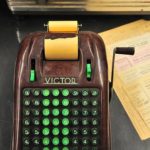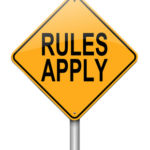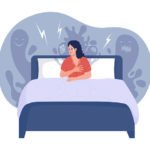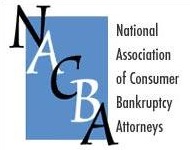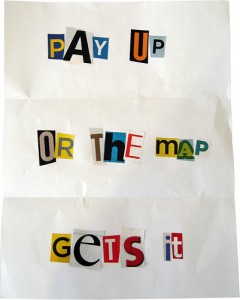 Kismet, def. fate or destiny, seemed to be in play this weekend.
Kismet, def. fate or destiny, seemed to be in play this weekend.
Or maybe it’s that I’m like a magpie with a fixation on books rather than shiny objects.
But the first thing that caught my eye in the exhibitors hall at the Northern California Bankruptcy Forum this weekend was the NCLC book on evidence. It wasn’t labeled “evidence for dummies” but it could have been.
Actually it was titled Instant Evidence, A quick guide to Federal evidence and objections. Spiral bound, 20 pages, plasticized for heavy use. Sold.
Evidence, particularly court room evidence, isn’t my strong suit. I don’t get to evidentiary hearings often enough for this to be second nature. So a summary, a cheat sheet was really appealing.
Is that an echo?
But I didn’t realize that evidence was going to be a theme, repeated again. Judge Ron Sargis, a former organizer of this conference, and new to the bench with the past year or two, talked about his campaign for evidence accompanying motions in his courtroom.
Think of it: the man actually wanted admissible evidence in support of the orders bankruptcy lawyers sought from him.
I gathered that it had gone from gentle hints from the bench to, when things didn’t change, to the denial of motions not properly supported by evidence.
We are federal practitioners
Over my career as a bankruptcy lawyer, the practice of consumer bankruptcy law has gone from being a rather informal practice, often not very well done, to a practice in which the federal rules are actually applied, cases are occasionally appealed, and a real record is necessary.
Which brings me to my conversations with Tara Twomey, of counsel to NCLC and head of the amicus project at NACBA. In discussing several cases pending in the circuit courts, she bemoaned the fact that several of them were appealed without a sufficient record from the bankruptcy court. And she didn’t mean the tapes of the hearing were lost. It meant that counsel had not entered into the record admissible evidence to establish the critical facts.
All too often, bankruptcy lawyers file motions where the only facts found are in the motion. And the motion isn’t evidence. It takes documents, with a foundation, or a declaration under penalty of perjury, to get your “facts” before the court as evidence. And without evidence, a scrupulous court is hard pressed to rule in your favor.
Evidence: it’s fated.
Image of the evidence courtesy of redjar.
